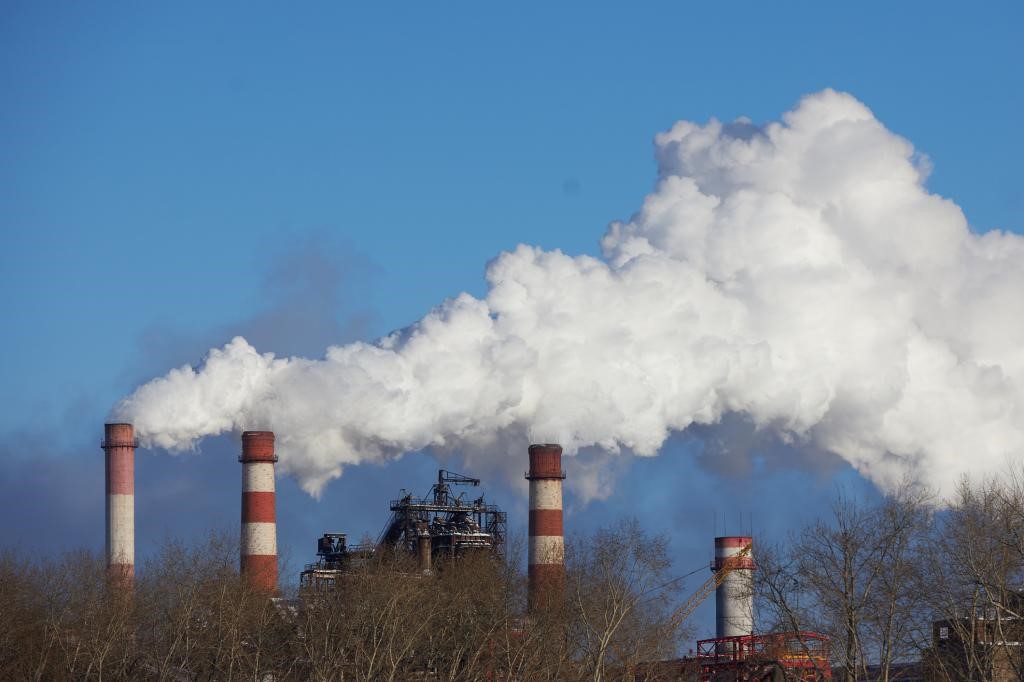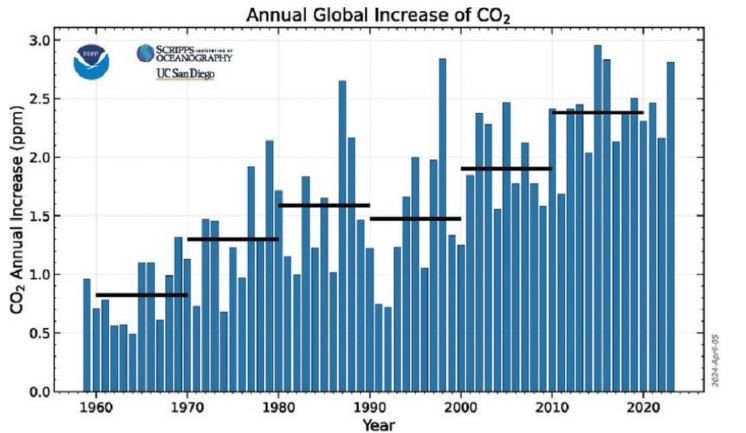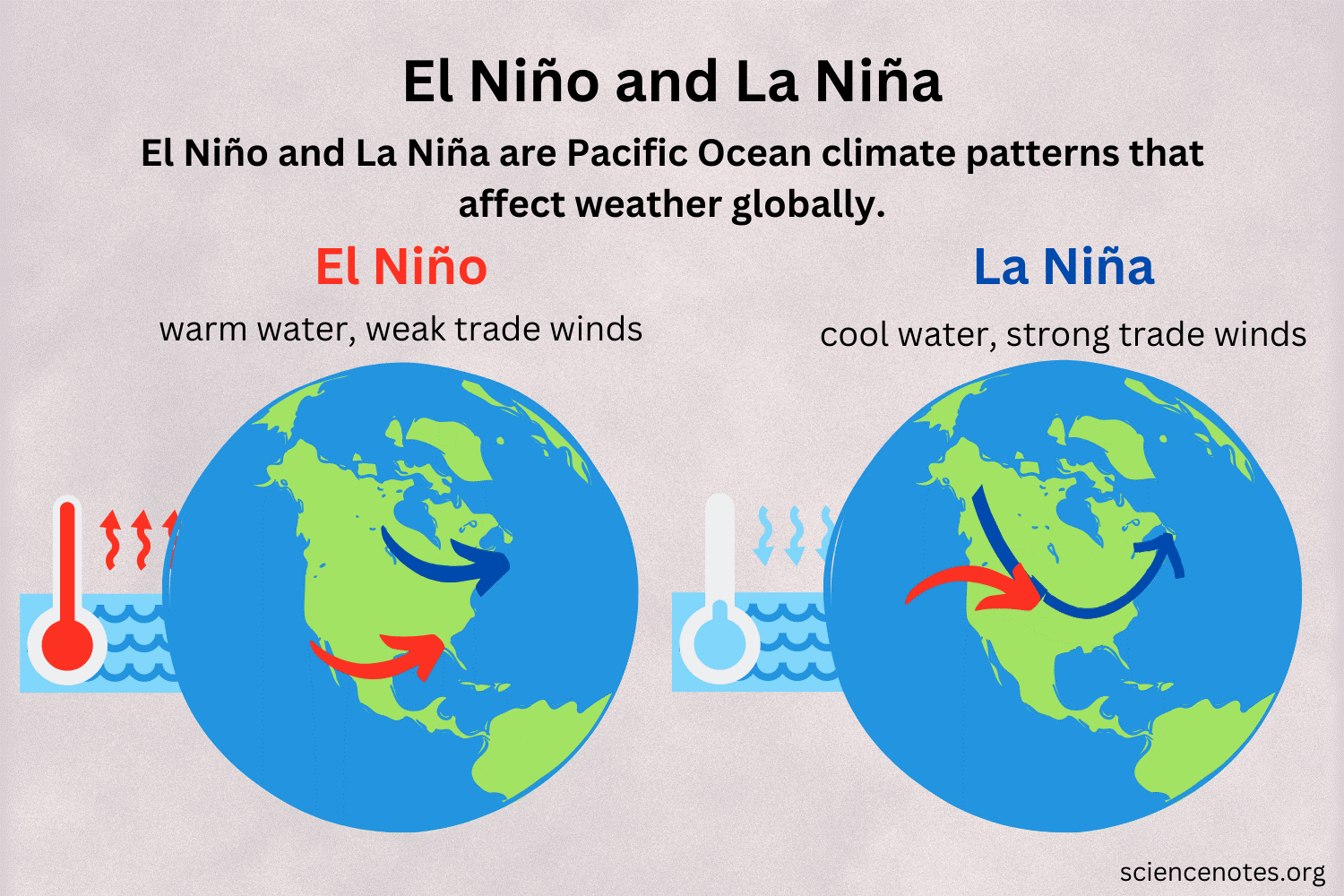Description

Disclaimer: Copyright infringement not intended.
Context
- Data from the National Oceanic and Atmospheric Administration (NOAA) has revealed that global carbon dioxide levels reached a record high in 2023.
Details of the findings
- Carbon dioxide (CO2) concentrations at the global surface increased by 2.8 parts per million (ppm) in 2023, reaching 419.3 ppm in 2022.
- This was the twelfth consecutive year that carbon dioxide levels rose by more than 2 ppm.
- This trend, according to NOAA’s monitoring records, was not observed before 2014.
- Further, the 2023 atmospheric CO2 levels are now more than 50 percent higher than those found in the pre-industrial era.
- India, it found, overtook the European Union to become the third-highest emitter globally.
- The 2023 increase was the third-largest in the last decade and is likely a result of an ongoing increase of fossil fuel carbon dioxide emissions, coupled with increased fire emissions possibly as a result of the transition from La Nina to El Nino.
|
Note: El Nino and La Nina are the warm and cool phases of a recurring climate pattern across the tropical Pacific called the El Nino-Southern Oscillation, or “ENSO”. The world transitioned from a three-year run of El Nino to La Nina in 2023.
|

Findings of other reports
- A December 2023 analysis from Global Carbon Project (GCP), an international consortium of scientists from more than 90 institutions, reported an increase in overall CO2 emissions by 1.1 percent compared to 2022 levels and 1.5 percent compared to pre-pandemic levels.
Why is this concerning?
- This surge places us in a precarious position, mirroring atmospheric conditions from the Pliocene epoch, a period roughly 4.3 million years ago.
- The Pliocene epoch was a time of significant environmental change. While not as hot as some periods in Earth’s history, global temperatures were several degrees higher than today and sea levels were significantly elevated.
- During that geological period, sea levels were approximately 23 meters higher than today, and the average temperature was 7 degrees Fahrenheit higher than in pre-industrial times.
- However, these changes in the Pliocene epoch were likely driven by natural fluctuations in Earth’s orbit and tilt, but the current surge is demonstrably caused by human activities.
|
ENSO, El Niño, La Niña
●The ENSO cycle refers to the coherent and sometimes very strong year-to-year variations in sea-surface temperatures, rainfall, surface air pressure, and atmospheric circulation that occur across the equatorial Pacific Ocean.
●El Niño refers to the above-average sea-surface temperatures that periodically develop across the east-central equatorial Pacific. It represents the warm phase of the ENSO cycle.
●La Niña refers to the periodic cooling of sea-surface temperatures across the east-central equatorial Pacific. It represents the cold phase of the ENSO cycle.
Why do El Nino and La Nina Occur?
●El Nino and La Nina are naturally occurring phenomena that result from interactions between the ocean surface and the atmosphere over the tropical Pacific. Changes in the ocean surface temperatures affect tropical rainfall patterns and atmospheric winds over the Pacific Ocean, which in turn impact the ocean temperatures and currents. The El Nino and La Nina-related patterns of tropical rainfall cause changes in the weather patterns around the globe as seen in the diagram to the right.
●El Nino and La Nina episodes typically occur every 3-5 years.

|
Source: https://www.downtoearth.org.in/news/climate-change/carbon-dioxide-in-2023-comparable-to-4-3-billion-years-ago-as-global-greenhouse-gas-levels-hit-all-time-high-noaa-95466
|
PRACTICE QUESTION
Q.Consider the following statements about “El Nino and La Nina”
- La Nina is characterized by unusually cold ocean temperatures in the equatorial Indian Ocean whereas El Nino is characterized by unusually warm ocean temperatures in the equatorial Pacific Ocean.
- El Nino has an adverse effect on the south-west monsoon of India, but La Nina does not affect the monsoon climate.
- There were high levels of CO2 in the atmosphere in 2023 because the world transitioned from a three-year run of El Nino to La Nina in 2023.
How many of the above statements is/are correct?
- Only one
- Only Two
- All three
- None
Answer: A
|











